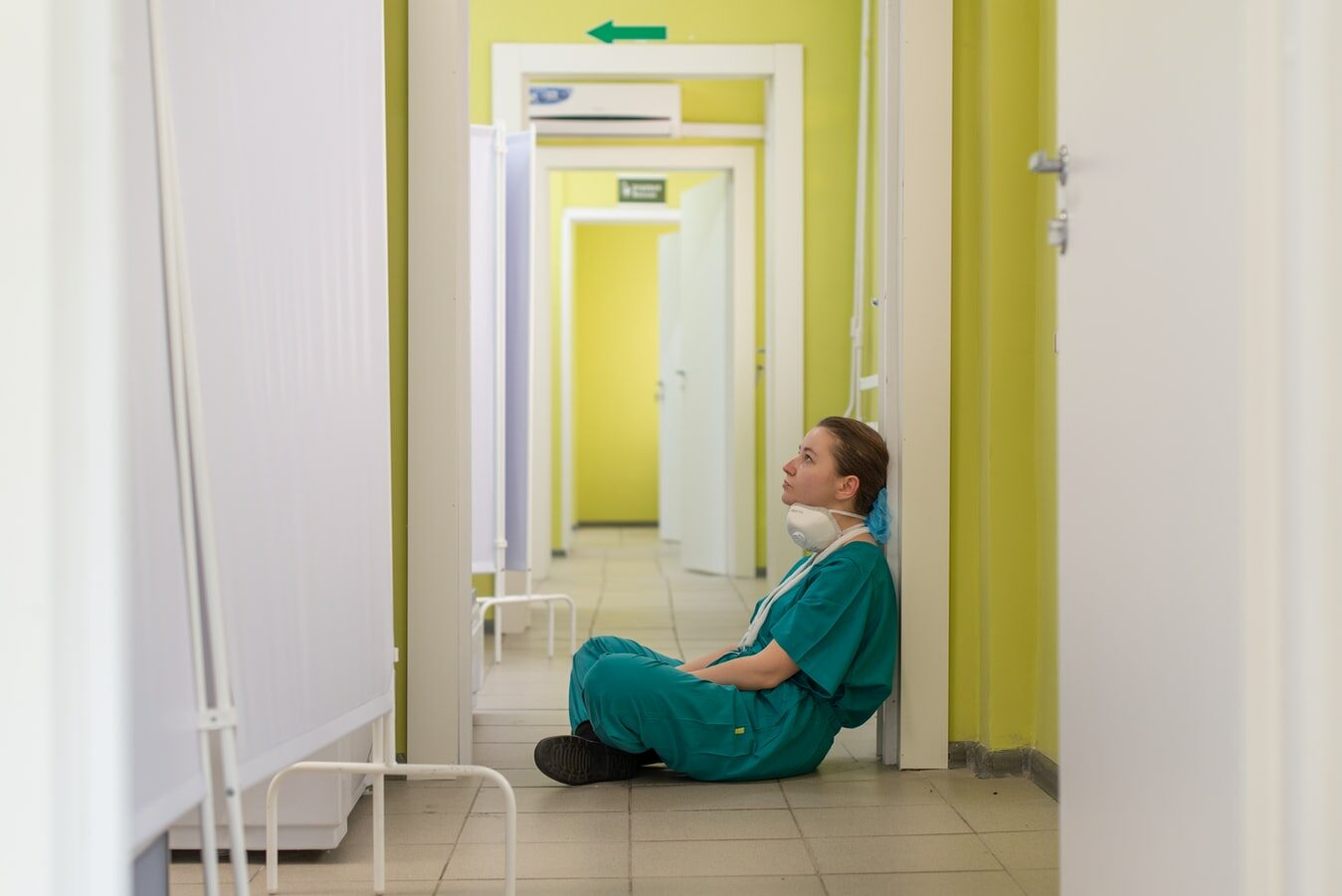MoCo Councilmembers: Digital Divide Can Be Bridged With Improved Wireless Technology
For more than a year, the COVID-19 pandemic has changed the way households, businesses and schools across Montgomery County operate. Virtual education, remote work and telehealth have become essential. Some also turned to the internet to order groceries, access government services and stay in touch with family members while in isolation. While the internet and smartphones were already embedded in our lives, the pandemic exacerbated the critical need for equitable access and improved digital infrastructure countywide.


